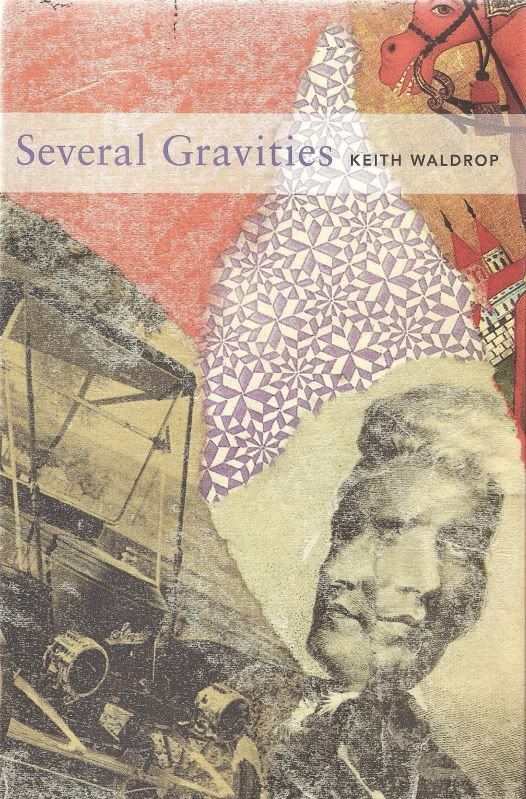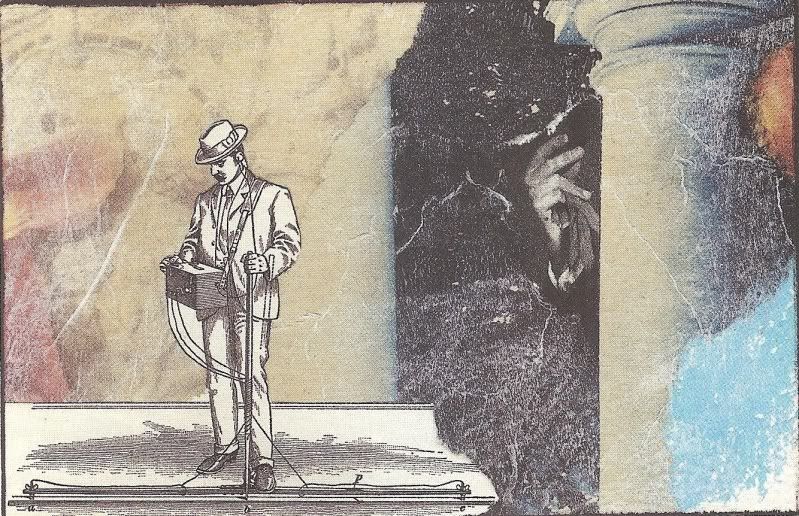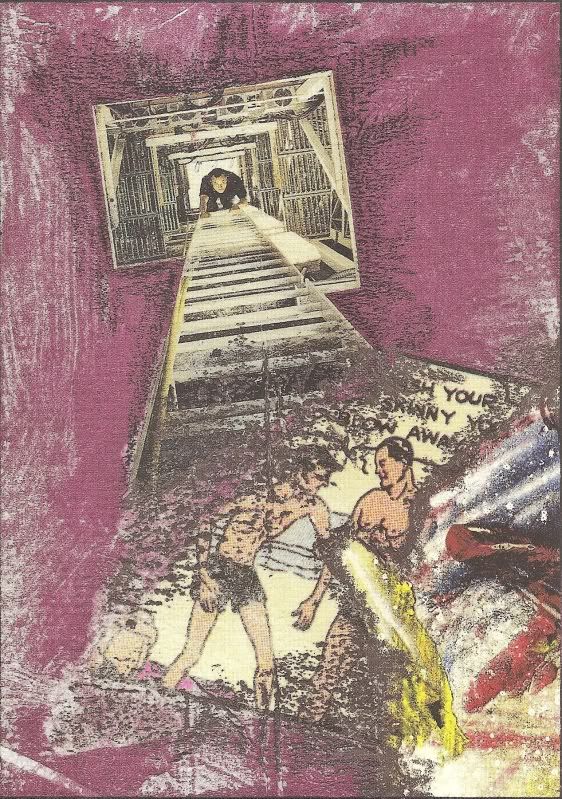
In the poem "The Ghost of a Hunter," reprinted in Several Gravities (Siglio Press 2009), Keith Waldrop writes: "The shapes have been salvaged" (49) and "Of countless ruined world, he would appropriate the essential" (48). These quotes, to a large extent, could be read as guiding principles for Several Gravities, as well as Waldrop's entire career as a poet-artist. In the former instance, the book contains samples of Waldrop's expansive career as a visual artist, in addition to poems excerpted from seven earlier collections. In the latter instance, as Robert Seydel (the editor of Gravities and author of the afterward) writes, Waldrop's oeuvre has been marked by "multivalent" tendencies that are "rife with the dispensations of the plural," which speak toward "an originary confusion" (85) in his work. In other words, Waldrop salvages shapes from "countless ruined worlds" in order to "appropriate the essential" to create a wholly new construction. But these constructions are tenuous in form, so much so that "fragments align only partially, and their alignment is always fragile" (94). In the excepted portion of "Poem from Memory," the speaker informs us that:
Perfectiondemands images atstrategic intervals, somethingsteady on which tomap the random. My worldis in disorder. Like-wise my schedule. Ilive withinacceptabletolerances. At theintersection of innumerablefantasies. Irreconcilablespoint me tomy orient. Ambiguoussuns. A shower ofelementaries. Venus risingfrom the nutrient broth.Accidents of sensuallogic. Fringes ofinterference. Thatdoorbell. (35)
A world in disorder and randomness, but a world that can be mapped with images and strategic intervals. While mapping and randomness appear to be at odds, the speaker is oriented within these irreconcilable concepts: an intersection of disparate but elementary components that produce accidents of sensual logic for both the producer and consumer of these visual and linguistic collages.
In Several Gravities, the speaker in the fragment excerpted from the poem "Potential Random" tells us that "The shape of things rise up against me....and threaten to trip me up, obstruct me, box me in"; to counteract these possibly destructive properties, the speaker declares: "I take them all, straight-lined or curved, reducing each...by a movement of my hand" (65): a dangerous energy converted into artifice/art through the hand. Here, then, are two examples of how Waldrop converts destruction into an affirmation of piecemeal art-objects:
"In my tender years, I fretted because I could neither whistle a tune nor draw a likeness. Though I no longer fret about it, I still can't do either" (14).
"I have no sky. Sometimes the ground seems tenuous. But composition remains an enjoyment" (15).



I've never read Waldrop. Where's a good starting place? -tm
ReplyDeleteI would probs start with War and Peace or Anna Karenina.
ReplyDelete